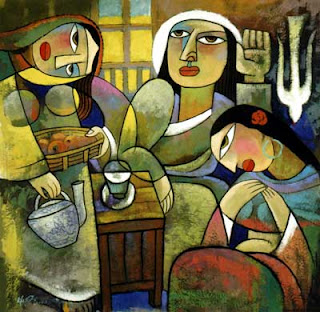For this assignment, you can choose to answer up to 10 of the 12 questions listed below for points. Each answer has the potential for 10 points. You'll get the most points for each answer if it reflects interaction with related sections in chapters 12 and 13 of the textbook (pages 191-219 in the print edition, Kindle location 5022-5764). Interaction means -- refer to what the authors said about the topic as a part of your answer and explain why you are referring to what they say. Do you agree or disagree? Why or why not? Does what they say change your understanding? If so, what is your old understanding? What is your new understanding?
Send your responses to me embedded in an email or shared as a Google Doc. Use my bboydston@piu.edu address.
Send your responses to me embedded in an email or shared as a Google Doc. Use my bboydston@piu.edu address.
Here is a study hint: Familiarize yourself with the questions before you do the reading. That will help you focus your reading. It also helps if you start writing your answers as you read and then edit them after you are done with the reading.
- Multicultural teams are becoming more and more prevalent in missions today. What special challenges come in assimilating into a multicultural team?
- What concerns do you have about being part of a team?
- Tracking progress in language learning is reasonably easy. Tracking progress in enculturation is much more difficult. How might you motivate yourself to continually be learning—and enculturating—into your life and ministry setting?
- In relation to living as a “displaced person,” what elements of a home might be most important to you (consider things ranging from decoration to privacy and security)?
- Many missionary families live with the reality of trying to make good choices for educating their children. Even if you are single now, what do you consider to be the best solution for educating missionary children? How might that change if you are part of a multinational team and other parents don’t have the same options that you have?
- Missionaries move to a new setting anticipating culture shock. They don’t always fully appreciate just how strong reentry shock will be. What types of assignments might help them prepare for the latter?
- What are the strengths and weaknesses of approaching ministry through the lens of people groups?
- Those who work as missionaries on behalf of denominational missions face the particular challenge of needing to plant churches with the same general structures and governing policies of their denomination. What concerns do you have about this reality?
Those who come from wealthier settings are far more likely to generate financial dependence among those whom they serve than those who come from less wealthy settings.
- What conscious strategies and tactics can they use to avoid unintentionally creating financial dependency?
- What is problematic with the term “servant leader”?
- As you look through the list of types of pain that accompany positions of leadership, which surprise you the most? Why?
- It has been noted that women make up two-thirds of the missionary force, yet it has been relatively rare to see them in positions of leadership or receiving acclaim for being mission leaders. What is your reaction to this reality?
Don't wait to hear back from me before you start working on Lesson #10. Remember, I'm giving points each week for a Monday email check-in that includes a summary of where you are in the studies for this class and what classwork you expect to accomplish by the end of the week. Include anything else you want to tell me.

No comments:
Post a Comment